Bouldering vs rock climbing: to forego the ropes, or not?
We present the main differences between bouldering vs rock climbing to help you choose your gateway into the wonderful world of climbing
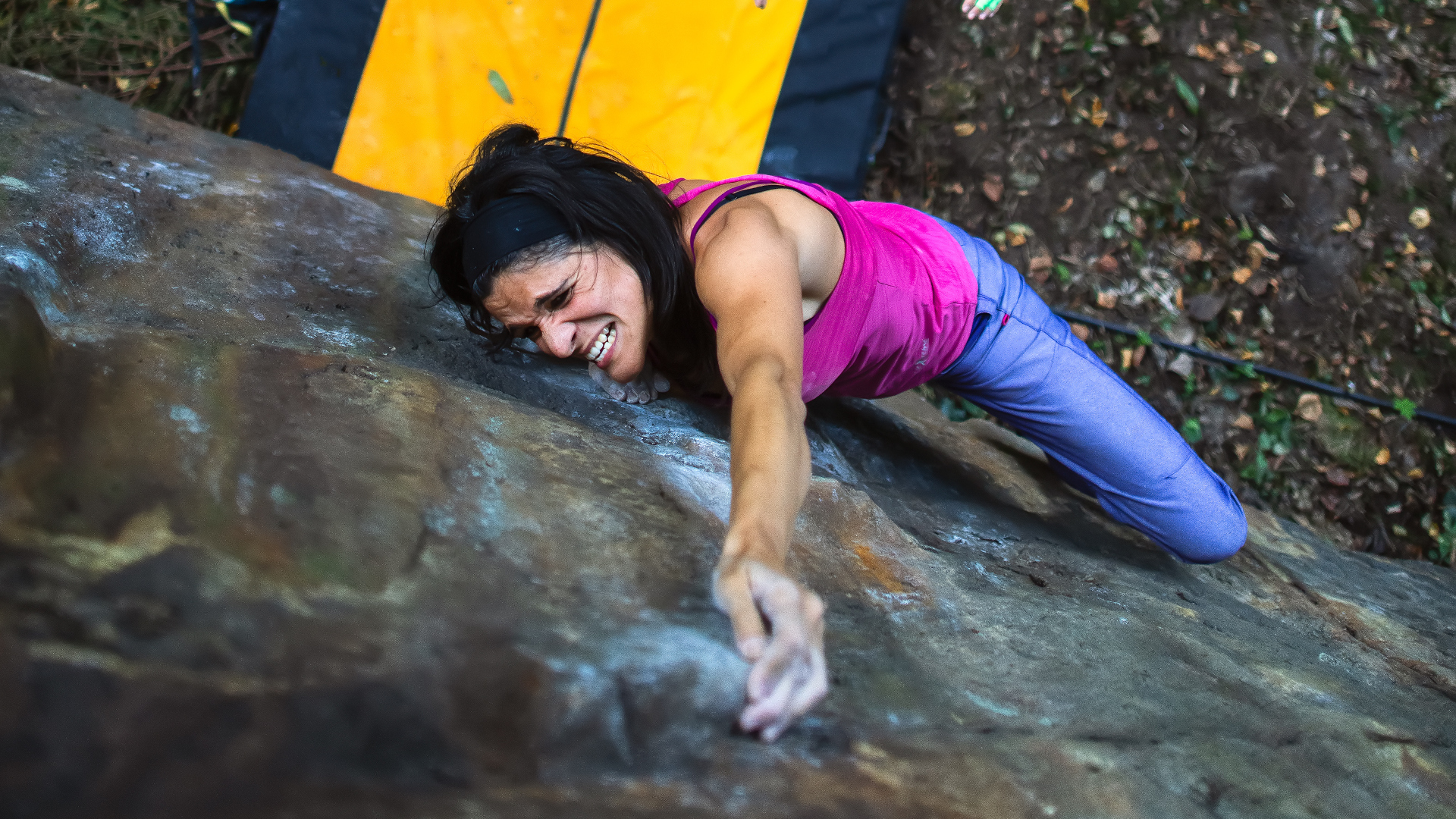
If you’ve been dreaming about unleashing your inner Spider-Man, you might be wondering where to start when it comes to types of rock climbing. Are you drawn to the idea of using ropes to help you scale a steep, vertical wall or does the relative simplicity of bouldering and staying closer to the ground sound more appealing? In this article, we present the main differences between bouldering vs rock climbing to help you choose your gateway into the wonderful world of climbing.
Bouldering vs rock climbing: what’s the difference?
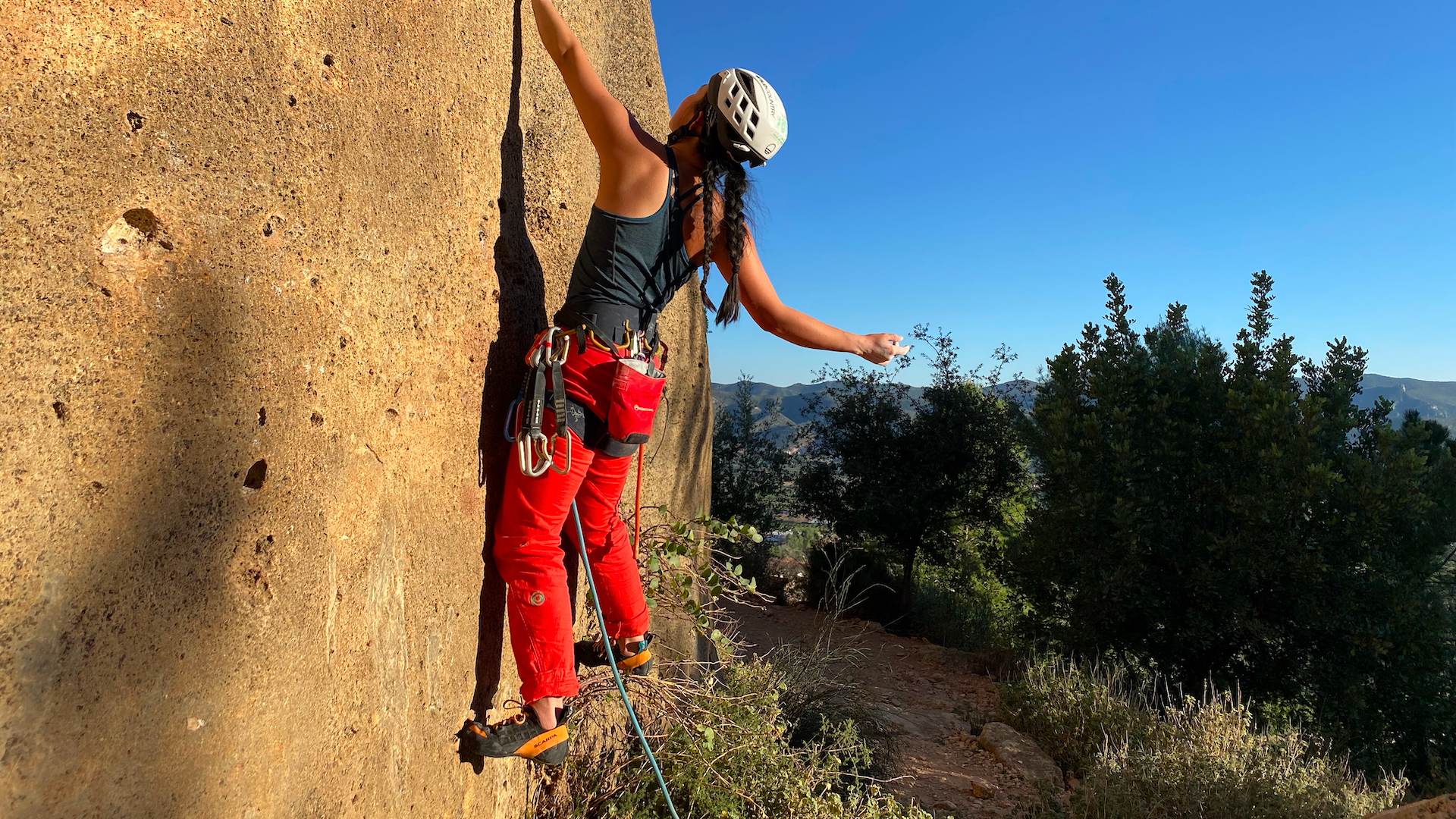
First, let’s establish what we’re actually comparing here – it’s true that bouldering is a type of rock climbing. Bouldering refers to a specific type of climbing where you solve shorter routes, known as “problems”, on smaller rock formations. You’ll stay pretty close to the ground and climb without a rope or harness.
The term rock climbing, on the other hand, can refer to any style of free climbing, such as trad climbing, sport climbing, ice climbing and even bouldering. However, for the purposes of the question at hand, we’re separating bouldering from other forms of rock climbing that involve climbing up a crag using technical gear like a rope and harness, which you’ll use in all types of rock climbing except for free soloing – and if you’re reading this article, that’s probably a long way off.
Now that’s out of the way, let’s get to the major differences between the two so you understand what you’re signing up for, what you’ll need for success and which one is for you.
Bouldering vs rock climbing: gear
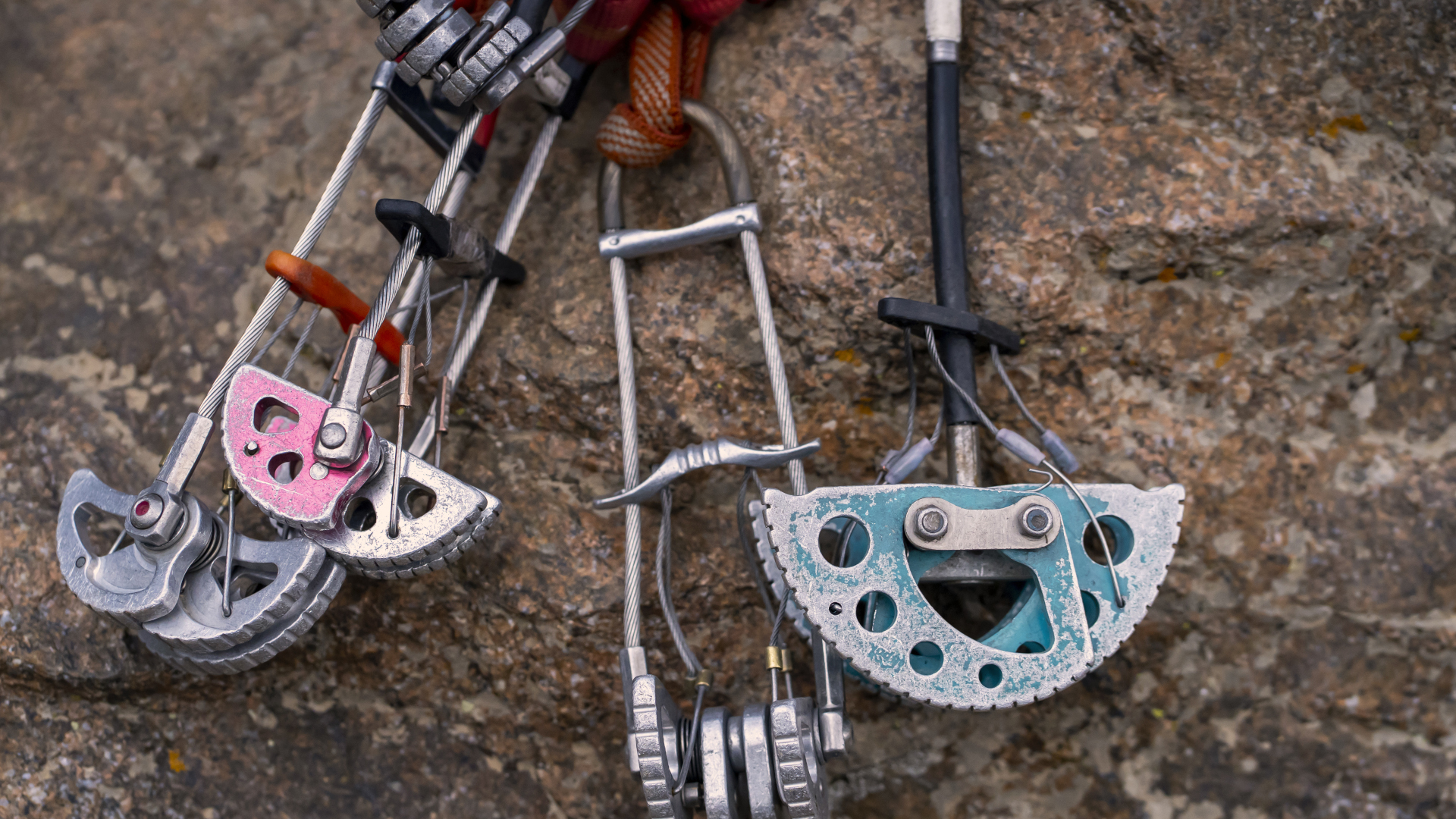
As we’ve already mentioned, a main difference between bouldering and rock climbing is the gear involved. For rock climbing, you’ll need climbing shoes, a harness, a chalk bag and a belay device as well as access to a rope and, depending on the type of climbing you’re doing, safety gear like cams, quickdraws and nuts.
For bouldering, all you need are a pair of climbing shoes, some chalk and access to a crash pad, so it certainly appeals to those seeking a minimalist approach and is obviously much cheaper to get started.
Bouldering vs rock climbing: safety
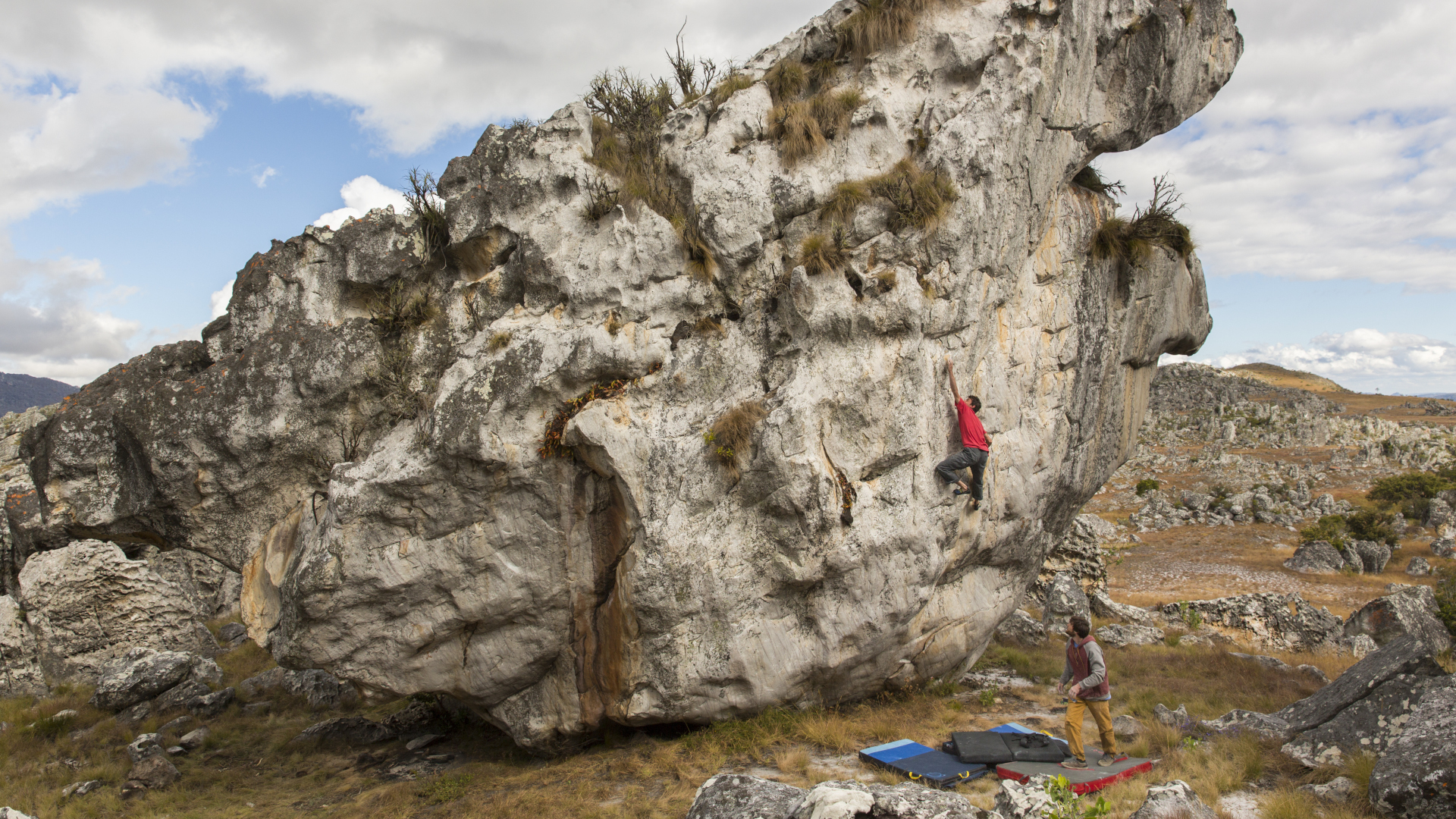
The lack of gear required for bouldering might be causing you to wonder whether it’s as safe as rock climbing. In truth, there are risks associated with both sports, although it’s true that in rock climbing, any fall should be broken and controlled by your ropes whereas in bouldering, your only real piece of safety equipment is your crash pad. That said, when you’re bouldering you’re typically only 10 - 15ft off the ground and in rock climbing, you’re usually at least 30ft high at the top so there is technically further to fall if things go wrong.
Advnture Newsletter
All the latest inspiration, tips and guides to help you plan your next Advnture!
Ultimately, if you learn how to fall properly in bouldering, you’re unlikely to cause any major damage, and if you place your gear correctly in rock climbing, you can also reduce major injuries, so the key is getting proper training and climbing with a clear head no matter what.
Bouldering vs rock climbing: accessibility
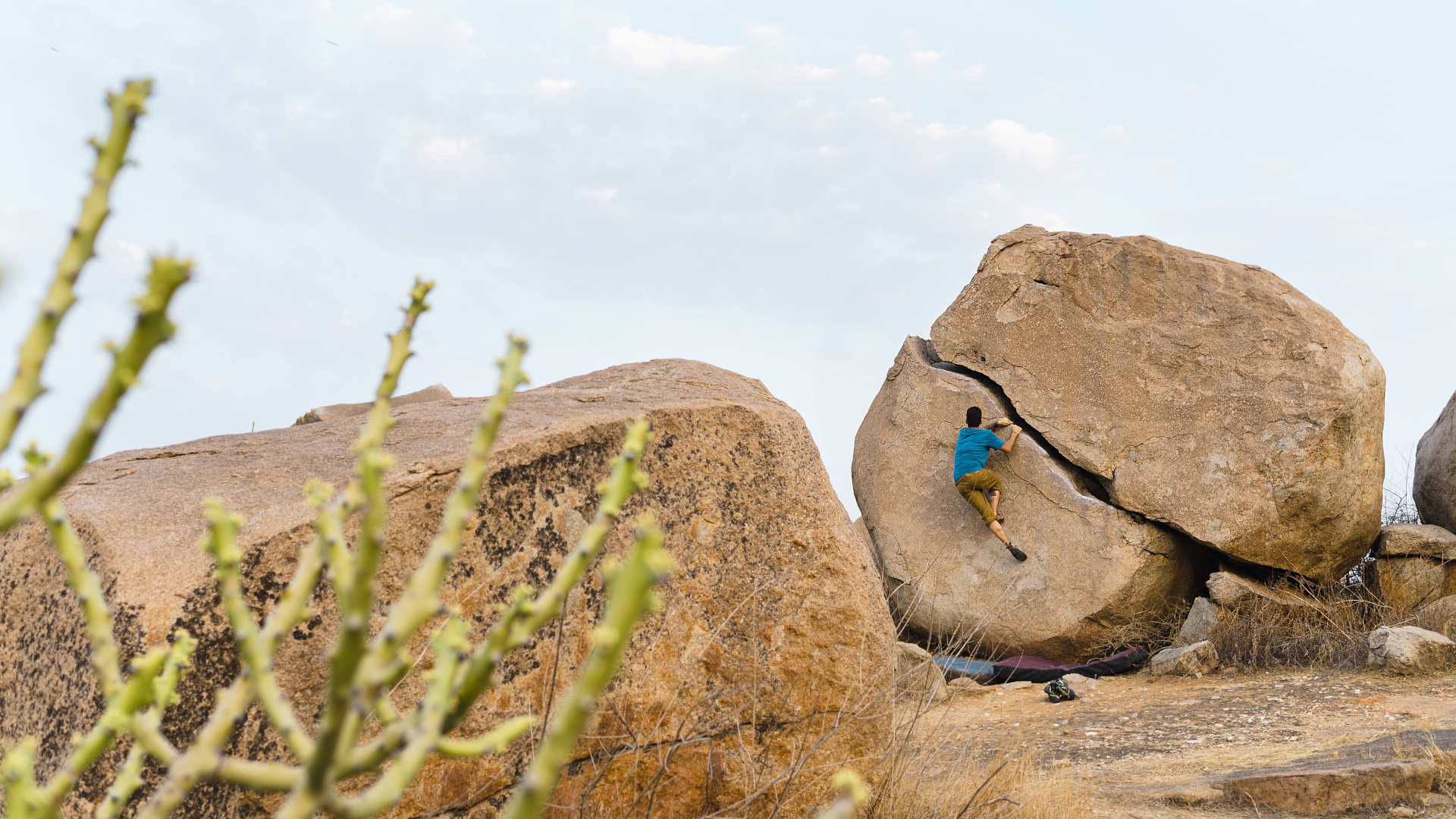
Another factor that is influenced by the amount of gear required is accessibility. Because bouldering doesn’t call for much in the way of gear, and therefore training in how to use it, it’s pretty reasonable just to rock up and give it a go without any major commitment. Further, because the problems in bouldering are short, you don’t have to wait a long time in between turns even if there are several of you at the rock, so you’ll arguably get more time actually climbing.
Rock climbing is definitely a little less accessible in both regards, usually requiring long waits between turns, but when it comes to here, if you start with indoor sport climbing, you’ll only need shoes and a harness so don’t discount it just yet.
Bouldering vs rock climbing: physical skills
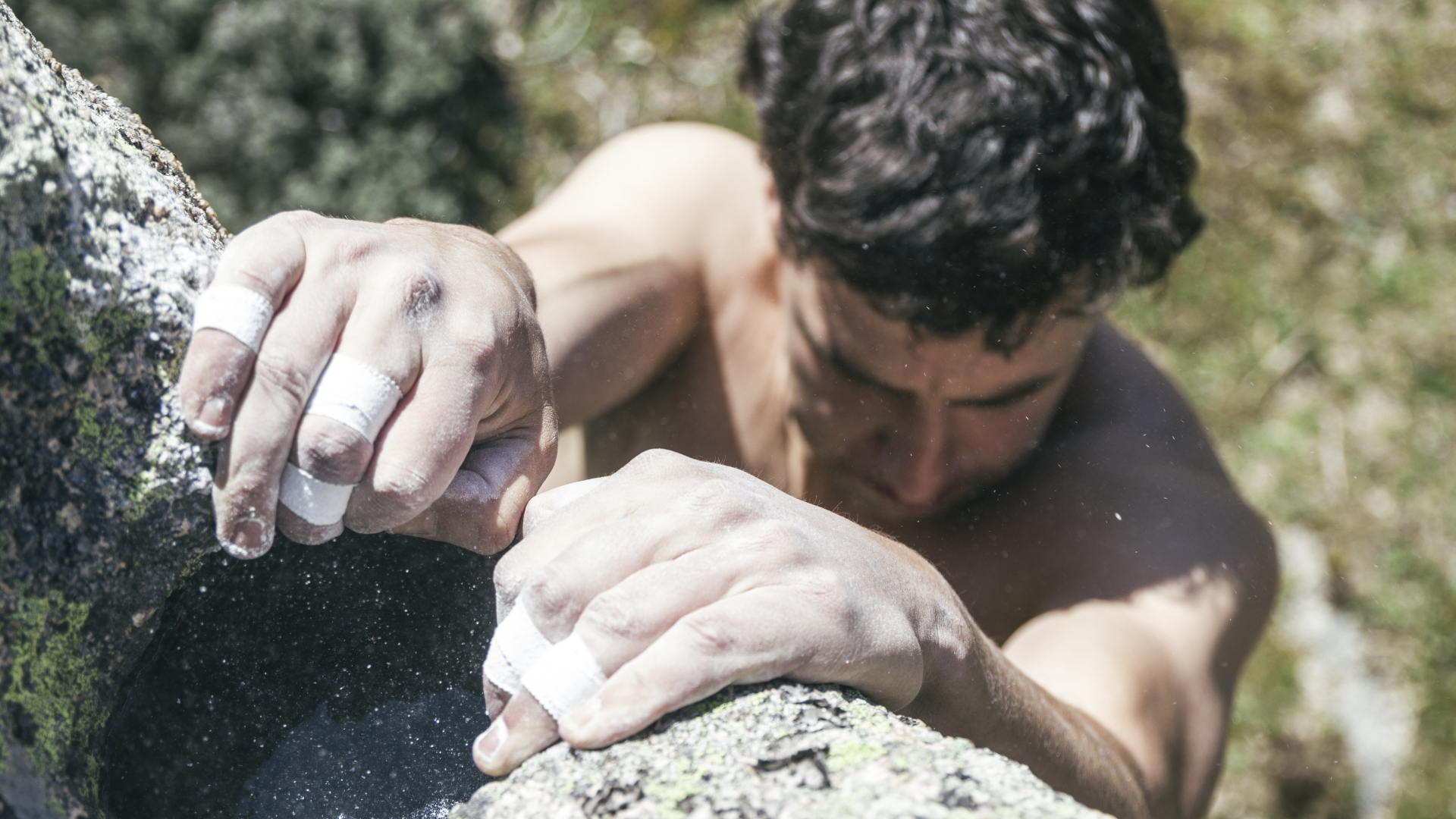
Even though we’re focusing on the main differences between bouldering and rock climbing, many climbers do both because they actually require pretty different physical skills and therefore fulfill different components of your training. All rock climbing is a good workout and both sports build a lot of strength, but rock climbing usually requires a greater degree of endurance because the routes are longer. You’ll distribute the strength required more evenly throughout your body, using your legs as well as your arms. Also, climbing routes will have parts that are easier and areas that are more difficult, and you can always rest on your harness when needed.
Meanwhile bouldering problems are short and focus more on aggressive power moves to stay on the rock and complete the problem. While boulderers use their legs too, the sport generally requires more upper body strength.
Bouldering vs rock climbing: time required
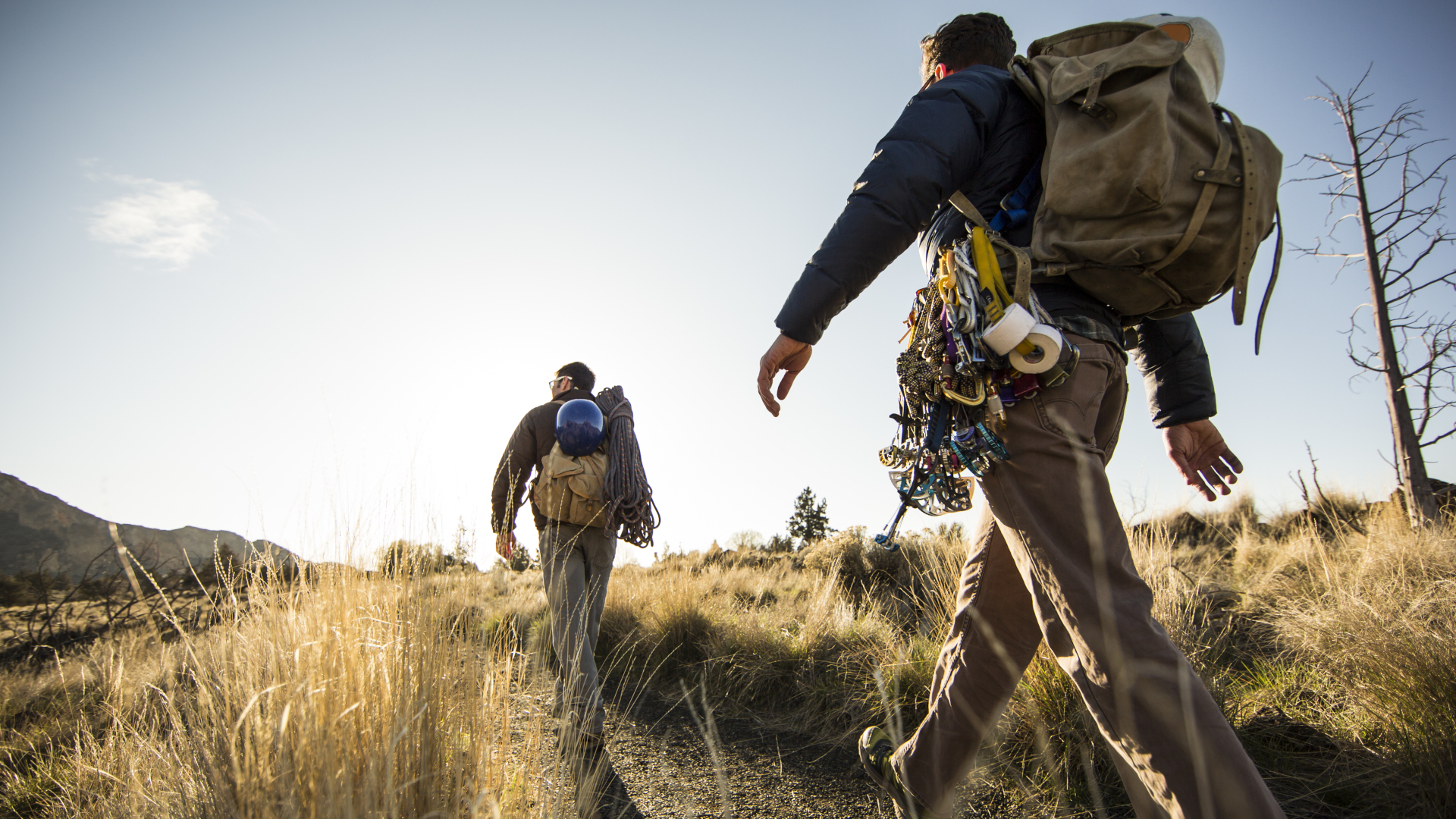
All the gear involved in rock climbing definitely means it requires quite a bit of time. If you’re climbing outdoors, you need to hike to the crag and either set up your top rope or wait for the lead climber to set the route, then take turns on belay. You can minimize the time spent by climbing indoors, of course, but bouldering requires no setup besides walking in and throwing your crash pad down, so if you’re short on time it’s the obvious choice.
Bouldering vs rock climbing: socialization
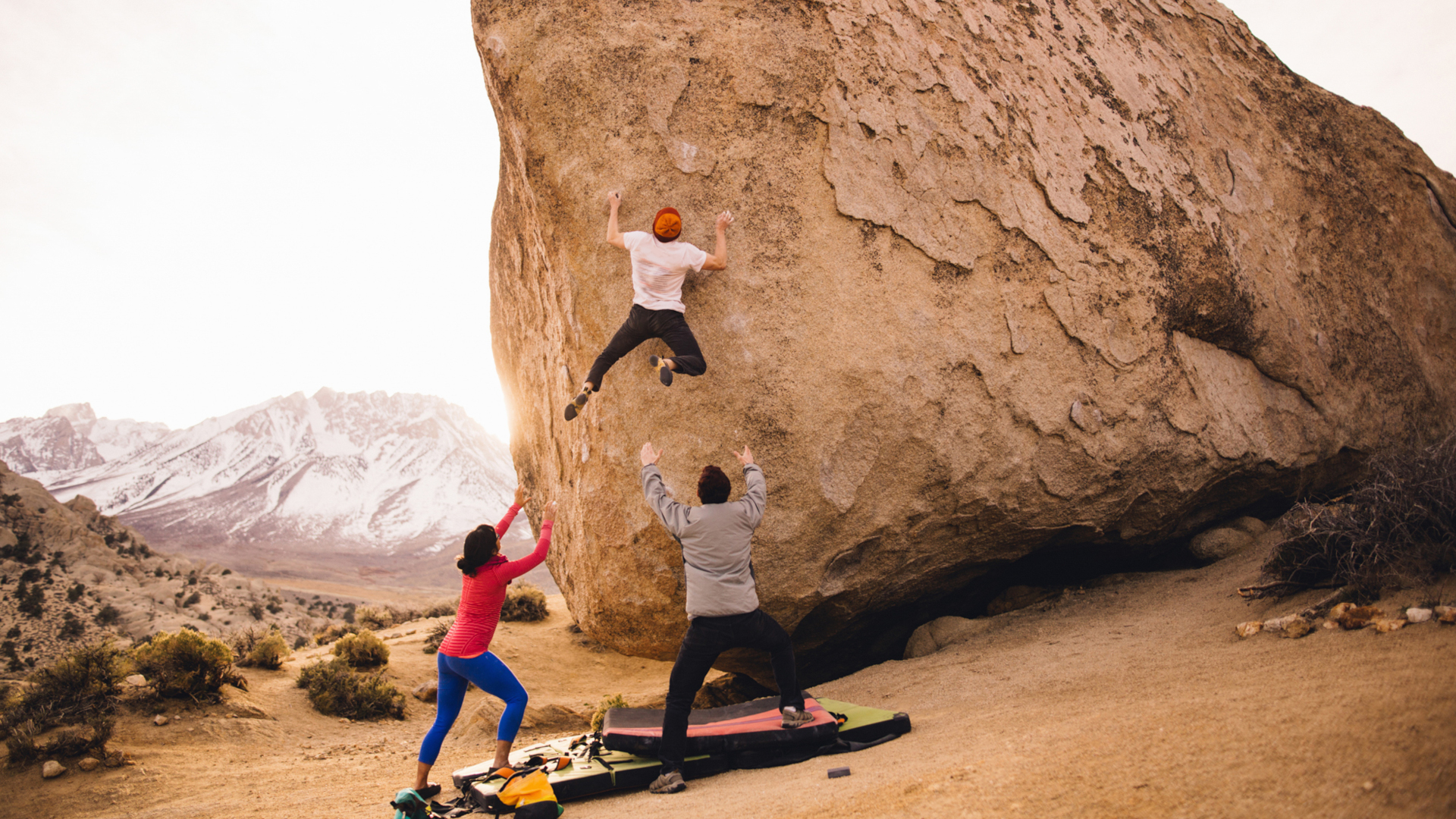
You’ll almost always need a partner for rock climbing, and frankly, you shouldn’t be doing any kind of climbing alone for safety purposes, so both sports are inherently social. That said, if you’re only rock climbing with one other person, one of you will be on the ground and the other up on the rock, so you won’t be chatting away the whole time. In contrast, bouldering is a very social activity where everyone is close together for the entire time that you’re there.
| Header Cell - Column 0 | Bouldering | Climbing |
|---|---|---|
| Gear | Climbing shoes and chalk | Climbing shoes, harness, helmet, belay device, rope plus cams, nuts and quickdraws for trad climbing |
| Safety | Nothing to break your fall; the only piece of safety gear is your crash pad, but you're closer to the ground | Further from the ground but your rope and harness break your fall |
| Accessibility | Easy to show up and give it a go with minimal equipment; you'll spend more time climbing | Requires gear and therefore training; you'll spend more time on belay |
| Physical skills | Upper body strength is key for power moves | Strength plus endurance for longer climbs |
| Time | Minimal gear means you can easily boulder for an hour | Between getting to the crag and setup, rock climbing requires several hours |
| Socialization | Very social | Somewhat social, but limited if there are only two of you |
Bouldering vs rock climbing: the verdict
Needless to say, we don’t think one sport is better than the other, but if you’re weighing up which one to start out with, it seems safe to say that bouldering is perfect for anyone looking for a more minimalist approach, seeking to build upper body strength, short on time or just not sure about getting too far off the ground just yet. Rock climbing requires more investment in terms of both money and time, but is great if you’re keen to tackle more varied and longer routes, want the safety of ropes or are interested in building endurance.
While you don’t have to do both, you may have clocked that the two are quite complementary in terms of training, so you might save rock climbing for the days when you have more time, and bouldering for when you want to work on strength and only have an hour. You might even find that bouldering actually makes you a better rock climber. Still mulling it over? Read our articles on rock climbing for beginners and on how to get better at bouldering next to help you decide.
Julia Clarke is a staff writer for Advnture.com and the author of the book Restorative Yoga for Beginners. She loves to explore mountains on foot, bike, skis and belay and then recover on the the yoga mat. Julia graduated with a degree in journalism in 2004 and spent eight years working as a radio presenter in Kansas City, Vermont, Boston and New York City before discovering the joys of the Rocky Mountains. She then detoured west to Colorado and enjoyed 11 years teaching yoga in Vail before returning to her hometown of Glasgow, Scotland in 2020 to focus on family and writing.

